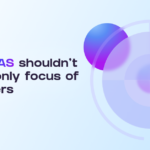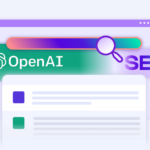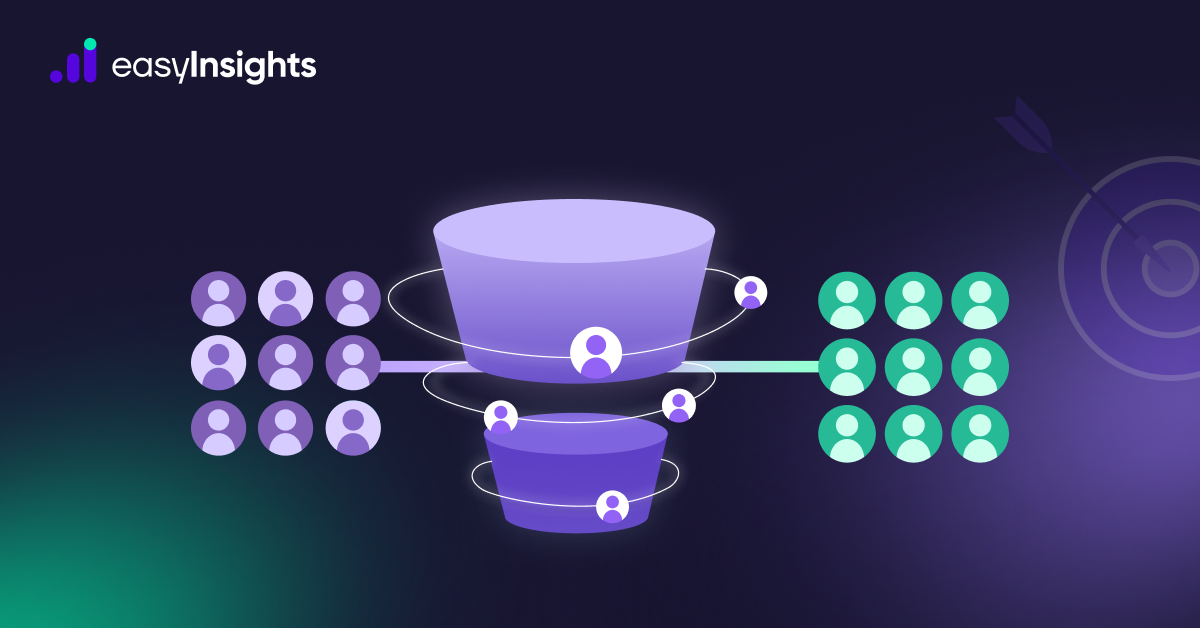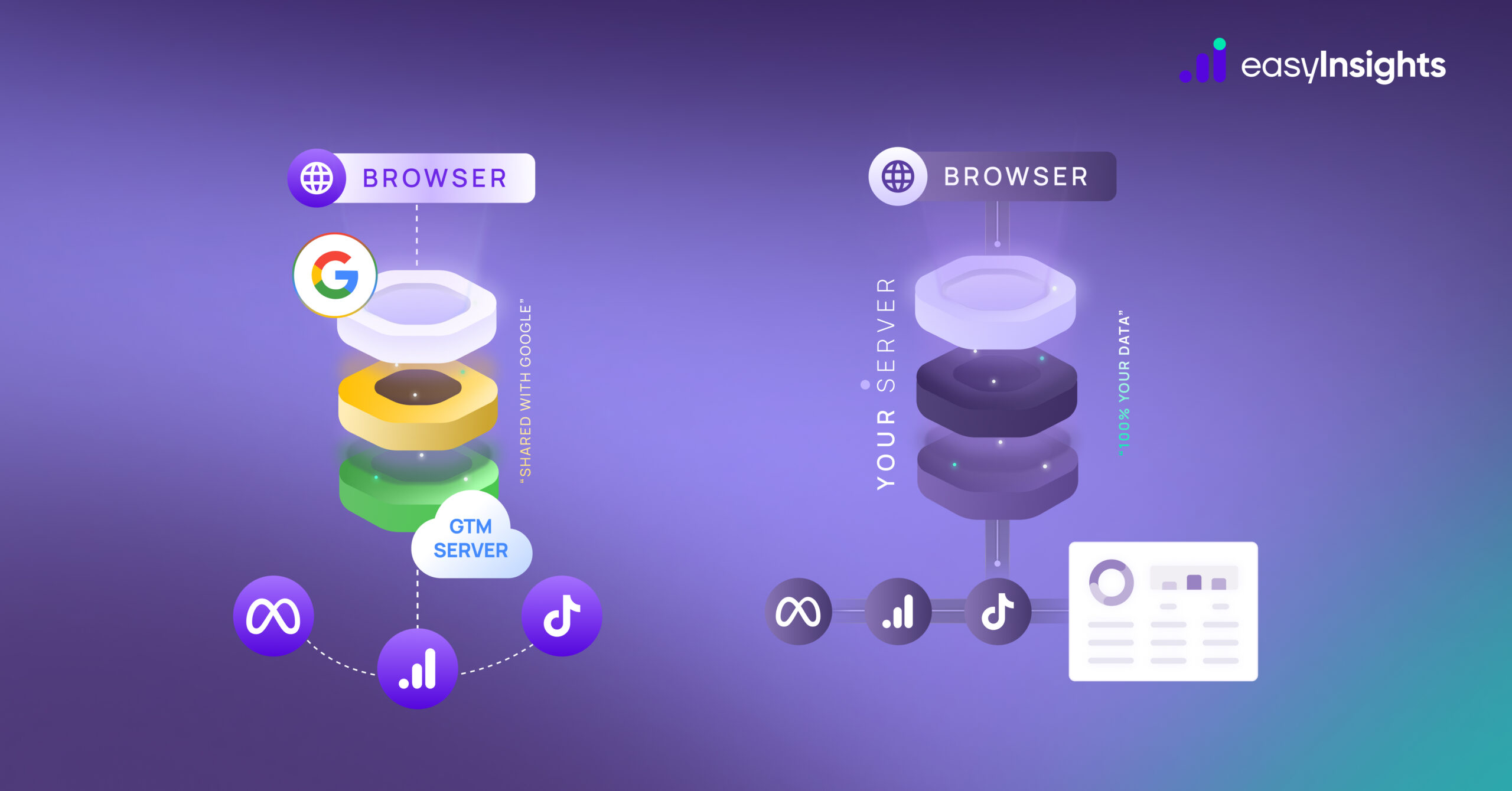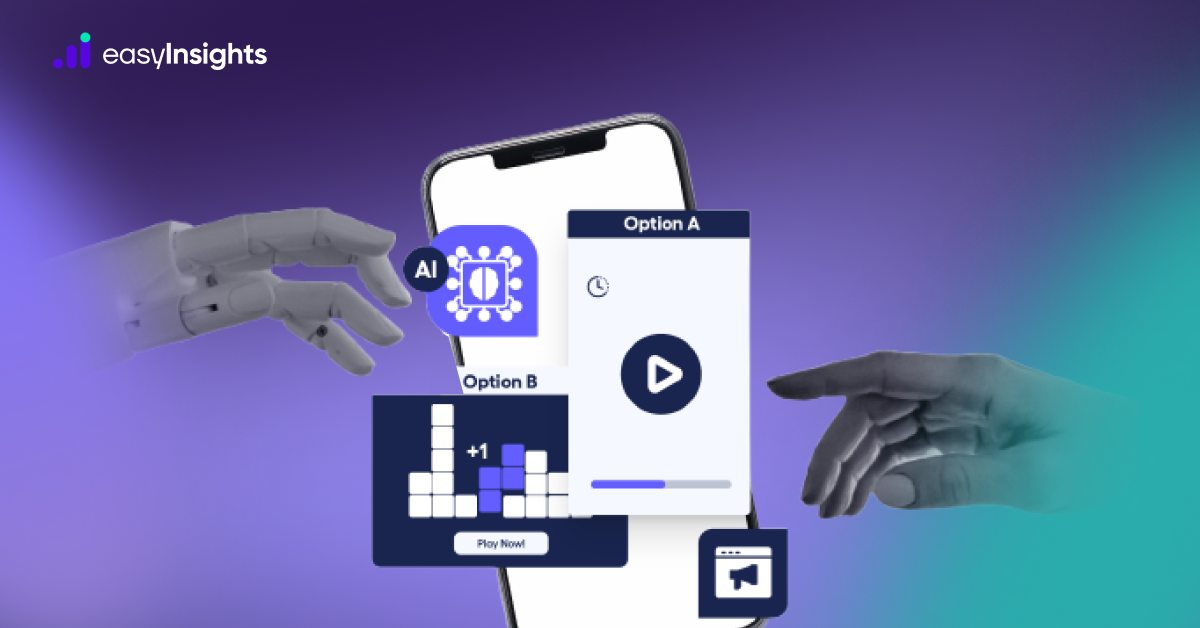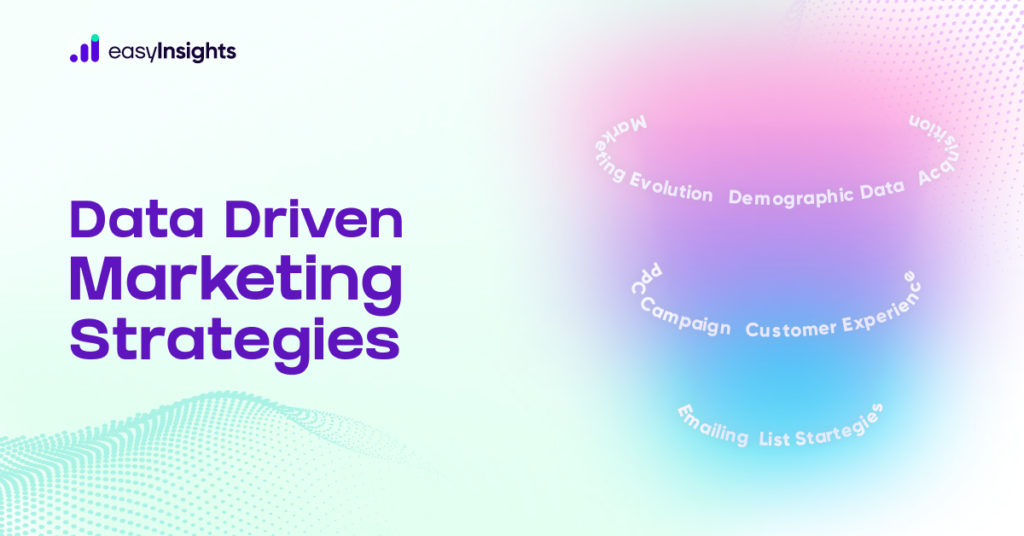
Data can become your most valuable marketing resource. You can create scalable, repeatable marketing processes with the right information. Allowing your campaigns to run on autopilot allows you to focus on the creative side of testing and optimization. The problem is that few marketers have the expertise to work effectively with data. You may have never taken a statistics course or lack the quantitative background required to determine when a metric is deceiving you. But there is some good news: almost every marketer is in the same situation. And we’re all learning alongside one another.
How can you be confident that you’re making the right decisions in your targeting and optimization strategy, from first-party to third-party data sources? Learn from others’ experiences to develop your own best practices. Here are six data-driven marketing strategies from which you can learn and apply to your own campaigns.
Jump ahead to:
Data-Driven Marketing Strategies
The more information a company has about its customers and potential customers for its products, its marketing efforts will be more effective. Data-driven marketing aims to convert a company’s data assets into sales. Here are ways marketers are leveraging information gleaned from internal and external data sources about their target audiences.
#1 Personalize the customer experience
Tailoring content and online interactions based on demographics, purchase history, online activities, and other information about them is the most effective way to capture people’s attention. According to one marketing service, DirecTV created a personalized marketing campaign targeting people who had recently moved.
DirecTV knew that when people moved to a new location, they were much more likely to try new services. The company combined USPS records of change-of-address applications with a personalized version of its homepage that only those individuals would see. The personalized page had a higher conversion rate than the standard homepage, despite the latter offering a $300 gift card to new customers.
#2 Use Demographic Data
Assume you want to upsell a new product idea to your most important customer segment. You have some data on their user behavior that you generated in-house, but there are a few details missing. For starters, you may be unfamiliar with the weather. Alternatively, you may be unaware of that customer’s overall spending habits and household income. Fortunately, you can answer some of these questions using publicly available datasets. For example, you can look into census data to find the average income or home values. Marketers can easily improve their campaigns by better understanding their target audience by using demographic data. Not only will this increase click-through rates, but it will also increase conversions.
#3 Marketing Coordination Across Channels
Identity resolution is a common technique for implementing an omnichannel approach to data-driven marketing. The technique attempts to coordinate marketing across channels based on each customer’s unique characteristics, interests, and technological footprint.
Marketing Evolution outlines a three-step procedure for automating an omnichannel marketing campaign:
- Determine the data sources, which could include TV, radio, mobile apps and alerts, social media, paid search, influencer campaigns, traditional press, videos, podcasts, and other media. Consider how each source will be used by the target audience in relation to the campaign’s goals.
- Set up modeling and attribution so that marketers can ensure that data is properly classified and displayed. Marketers rely on high-quality data available when and where needed to make good decisions about campaigns and customer expectations.
- Continuously improve data quality by using data checks and validation to ensure the accuracy and reliability of the information. Since data is constantly being updated and combined in novel ways, continuous checks are required.
#4 Apply learnings from old channels to new channels
Testing is one of the most difficult aspects of marketing: it can feel risky to test a new channel from scratch when you already have a proven acquisition, engagement, or retention model in other channels. Alternatively, you may be doing very little marketing and must start from scratch. Before you invest your first dollar, you must ensure that you have the best chance of success.
On our website, we use data in a variety of ways for marketing purposes. PPC data can be used to optimize web copy for SEO. There are keyword tools and other such things, but they are all estimation tools. We learn about the actual search volume by running a PPC campaign for a short period of time.
We learn about the conversation rate of those keywords while running the PPC campaign. This provides a more accurate estimate of how worthwhile it is to pursue those keywords. Keep in mind that there is a person on the other side of your computer screen. They will have channel-independent perspectives and values. In your marketing, data can help you remember your humanity.
#5 Make the most of your email list
Year after year, studies show that email is the most effective marketing channel in terms of ROI. So, why not boost your most effective marketing channels with additional touchpoints? There are a few cool things you can do here. You could go after all of the non-opens. However, it would be a better use of time to create tailored Facebook campaigns that followed up on the link that the prospect clicked on. This would be more effective than the tracking pixel because you could zero in on what the audience was interested in. It also suggests using third-party event data as custom audiences on Facebook and Twitter.
They will match on email, allowing you to send targeted messages to your target audience. It’s amazing how many businesses still send mass emails to third-party email lists rather than matching them on social media. After you’ve created your custom audience, you can further segment it. Ads could be targeted based on job titles or locations. Data can assist you in doubling down on your best segments. Don’t be concerned about casting a wide net. Instead, go deeper.
#6 Use Big Data
Converting big data into insight necessitates combining analytics science with the art of translating the resulting insights into actionable intelligence. According to TechGenyz, companies receive an average return of $13.01 for every dollar spent on analytics and business intelligence solutions, representing a 1,301% ROI.
The following are some examples of how data science can be used to improve the ROI of marketing campaigns:
- Break down departmental silos to allow data to flow freely throughout the organization. Furthermore, businesses must ensure that the data is simple to integrate with other systems and share with internal and external stakeholders, such as sharing social media demographics with affiliate marketers and internal search engine optimization (SEO) teams.
- Ensure that data streams are updated in real-time to promote timely and accurate action. Include data “trails” in the stream to allow marketers to compare past campaign performance to current campaign performance. Streaming analytics assists marketers in identifying new business models, product improvements, and revenue sources.
- Use visualization tools to simplify complex data and communicate analytics results in a way that nonmathematicians can understand. Data scientists and marketers can also use visualization to discuss the findings of their analyses and their implications for future campaigns.
- To gain insight and discover alternatives, conduct smart business experiments based on variations of marketing approaches. Even simple business experiments can lead to opportunities for rapid revenue growth.
- Based on past customer data, make marketing decisions by using data-driven tools to assign values to unknowns, forecast the likelihood of obstacles, and determine the best ways to avoid and mitigate risks.
Final Words
Data, when used strategically, can help you become smarter about marketing. But don’t expect the story and action to “just happen.” Take the time to research trends, experiment, and come up with new ways to incorporate touchpoints into your campaigns. The ideas presented above should be a starting point for you to develop your data-driven marketing campaigns. Use EasyInsights to get started and simplify data visualization. You will be able to save a lot of time and plan your marketing campaigns more effectively if you use this tool, which increases your ROAs by up to 25%. Click here to know more.
Bonus Read: How EasyInsights works with Raw GA4 Data for Data Activation and Enrichment

EasyInsights works with raw GA4 data for data activation and data enrichment in a few key ways:
Data Collection and Transformation:
- EasyInsights connect directly to your Google Analytics 4 property allowing it to access and extract the raw GA4 data you’ve collected.
- Data Transformation: EasyInsights then cleans, normalizes, and enriches the data to make it usable for activation purposes. This may involve tasks like:
- Formatting data: Ensuring all data points are in a consistent format.
- Handling missing values: Filling in missing data points or removing them according to your preferences.
- Enriching data: Adding additional data points from other sources to create a more comprehensive picture of your customers.
Data Activation:
- Segmentation and Targeting: It allows you to segment your audience based on various criteria like demographics, behavior, and interests using the enriched GA4 data.
- Multi-channel Marketing: You can then use these segments to activate your audience across different marketing channels like email, social media, and advertising platforms.
- Customer Relationship Management (CRM): The data can be used to personalize outreach and interactions with customers within your CRM system.
- Marketing Attribution: EasyInsights can help you understand how different marketing channels contribute to conversions and optimize your marketing spend accordingly.
Key Feature:
- Offers features like customer data platform (CDP) capabilities, marketing automation, and campaign management tools.
- Focuses on reverse ETL (extracting data from your warehouse and sending it to marketing tools) and offers pre-built integrations with various marketing platforms.
EasyInsights is a marketer’s preferred tool for first party data activation.
In this age of cross-channel marketing, EasyInsights offers a comprehensive platform to collect, store, and transform all your first-party data.
EasyInsights enhances marketing campaign efficiency in a cookieless landscape with accurate ad signals. It helps brands step away from surface-level metrics and unleash the potential of first-party data to optimize marketing strategies, ensuring a superior Return on Ad Spend (ROAS). It does all this, while being a highly affordable no-code platform with an exceptional customer support apparatus.
Sign up for a demo today to see EasyInsights in action.


